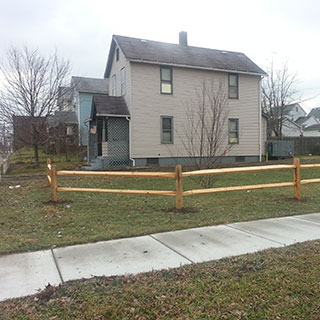When it comes to developing the Idora Park property on the city’s South Side, the property owner routinely is long on promises and short on cash.
In 1985, Mount Calvary Pentecostal Church on the South Side bought the 26-acre site of the amusement park. In 1987, the internationally recognized Bishop Norman Wagner announced plans for a “City of God” complex there.
Nothing happened, however. For 29 years, the church has made plans and promises but little progress.
In May 2013, Bishop C. Shawn Tyson of Mount Calvary attended a meeting of the Idora Neighborhood Association to discuss the church’s plans for the property. Bishop Tyson had taken over as pastor of the Oak Hill Avenue church after Bishop Wagner died in 2010.
During that meeting, Bishop Tyson said the City of God would include a nursing home, counseling center, gymnasium and worship facility. The first priority would be a 75,000-square-foot “Dream Center.”
“The time has come for us to do something with this,” Bishop Tyson said then. “I’m working day and night to move that vision into fruition, absolutely. It’s my No. 1 priority.”
At the time, Bishop Tyson didn’t have a tentative start date or information about funding. By October 2013, that changed.
“I think those projects that involve the physical buildings can be accomplished even while we work congruently to develop outdoor recreation pieces,” Bishop Tyson said in a rare interview. “That can be done because there’s enough property where we could get started on [the outdoor recreation] piece as early as spring of 2014.”
Spring 2014 is here, and the property is still idle.
The reason: A Dec. 28 fire heavily damaged the church itself. Church officials said plans for the Idora property are on hold while they concentrate on renovating and repairing the historic church building.
This is just the latest financial setback for the church and the development of the Idora property.
In 2011, the city wanted to place the property in land-bank foreclosure, said Ian Beniston. As deputy director of the Youngstown Neighborhood Development Corp., he has led stabilization efforts in the Idora neighborhood.
“The [Mahoning] county treasurer was at least in attendance at one meeting, at which point it was proposed that the county land bank execute a land-bank foreclosure on the property to clear the title of the property,” Beniston said. “At the time, it was land-bank eligible, which means it had a significant back-property tax. Eventually, the church paid off the property taxes in full, which made the land-bank foreclosure no longer an option.”
Also during this time, Beniston remembers the importance of trying to clear the title because of the amount of money against the property.
“I know there was an excess of $1 million in liens, including a first mortgage of more than $600,000 on the property,” Beniston said.
Beniston cited a lien report dating to Nov. 28, 2011, which showed $358,618 against the church in liens and $680,000 owed from Mount Calvary’s original mortgage.
When asked about the liens and back taxes, Bishop Tyson said, “Those issues are already being addressed. Absolutely.”
A lien report run Nov. 1, 2013, by Western Reserve Title & Escrow Inc. in Canfield, however, shows all previous liens were still active, and the same amount was owed on the mortgage. That report also said taxes are still due for 2012.
Besides the $680,000 mortgage, the church has accrued $536,630 in liens from the Ohio Bureau of Worker’s Compensation, the Ohio Department of Taxation, and the Internal Revenue Service.
Bishop Tyson said Mount Calvary has roughly 600 active members and credits them with financially sustaining the church.
“The church has carried the load: tithes and offerings [through] the liberality and the generosity of the members of this congregation,” he said.
Bishop Tyson said the church may ask the community to help fund the City of God project.
“What we have not done, which is perhaps something we need to do a better job of, is requesting donations or contributions from people in the community and community entities,” the bishop said. “That is something we have not done, but that’s something that I’m definitely open to because this project is going to benefit everyone.”
Beniston said the priority of the YNDC, which is concerned about upgrading the Idora neighborhood, however, is to help the community, not financially aid private institutions.
Beniston also believes the church may want to consider selling the parcel if development is not economically feasible because of Mount Calvary’s current financial situation.
“They should consider all options and possibly parting ways with the parcel and allowing someone else, such as the [Mill Creek] MetroParks or whoever that may be, to take a crack at it,” Beniston added.
“We would be willing to entertain being a part of the dialogue and possible partner for passive recreation activities, such as picnic areas and walking trails,” said Steve Avery, the MetroParks director of planning. “We are not interested in any active recreational facilities such as fields or athletic centers, nor can we become involved in any of the liens or purchasing of the property.”
Bishop Tyson says the church has a more spiritual-minded purpose for the property, however.
“We’ll develop a place where this congregation and other believers can come to worship and pray,” he said. “The Idora neighborhood is loaded with kids. Particularly in the African-American community, from a historical standpoint, the church has been the center of its social, educational and recreational activity.
“I’m not able to go into too many details other than to say that we do have a plan,” the bishop added. “I will call a press conference and announce those plans sooner than later.”
Beniston is skeptical, however.
“A plan doesn’t mean you’re going to do something. I could give all kinds of plans for the city. Most of them are just going to sit on the shelf,” he said.
Beniston said the church must show the community proof that it has plans and the financial means to carry out those plans.
He said some questions must be answered.
“What specifically are you doing?” asked Beniston. “Show us your financial statements — that you have money to develop a plan. How are you going to get rid of these million dollars in liens? Show us the real plan for the property.
“If they’re not going to answer those questions, there’s no point in really reporting there’s a dialogue because it makes it seem like they’re trying to be productive and positive when really they’re not.”
Despite Beniston’s skepticism, the church might still be interested with working with the YNDC.
At the beginning of the interview, Bishop Tyson pulled out a spiral-bound copy of “Welcome Back to Idora Park” before returning it to his briefcase with no comment. This report was a conceptual design put together by Ohio State University’s City and Regional Planning Department and its Knowlton School of Architecture, in cooperation with the YNDC.
The document, available at www.yndc.org, provides an overview of Youngstown, Idora Park, comparable sites, and then provides suggestions of uses for the land, ranging from walking trails to a community center.
Beniston was part of the group that came up with the conceptual design. He said though the report was shared with the church, there was no concrete plan to use the study.
“We’ve been trying to keep it public and, even with the study that the Ohio State students did, the purpose is to show some of the simple possibilities of what that property could be,” Beniston said.
To read the full story at Vindy.com, click here.
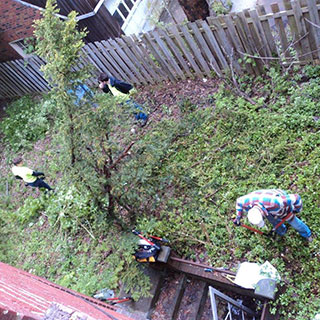 ,
, 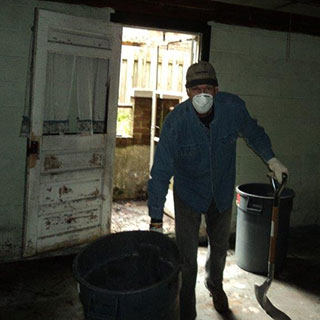 ,
, 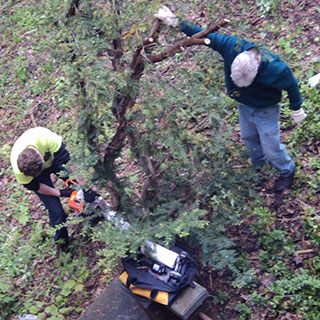 ,
, 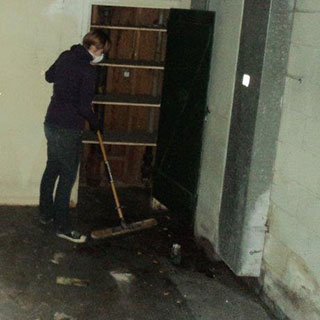 ,
, 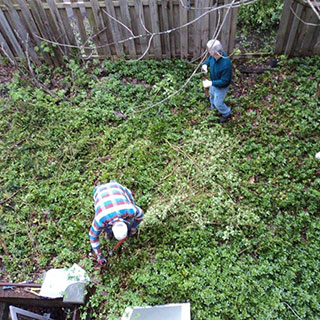 ,
, 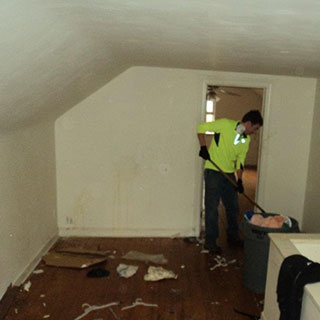 ,
, 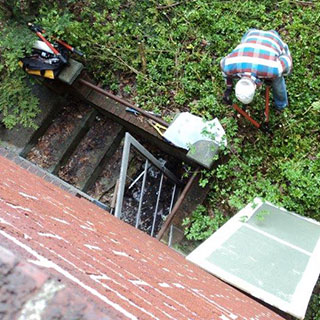 ,
, 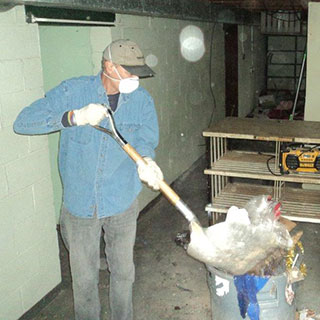 ,
, 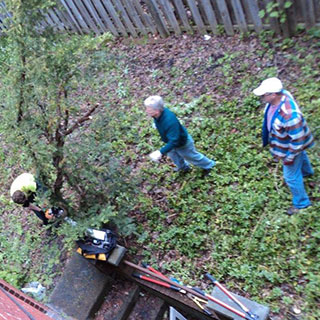
 ,
,  ,
,  ,
,  ,
,  ,
,  ,
,  ,
,  ,
, 
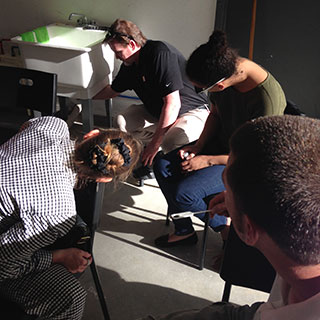 ,
, 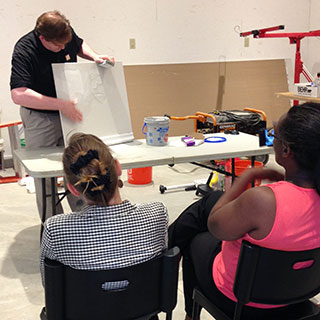 ,
, 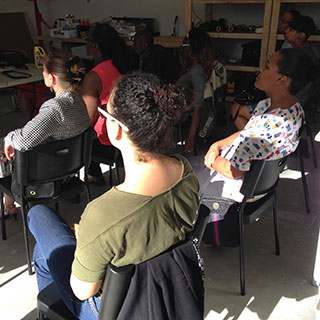 ,
, 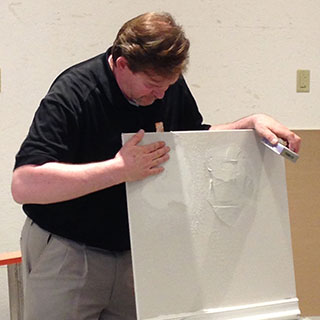 ,
, 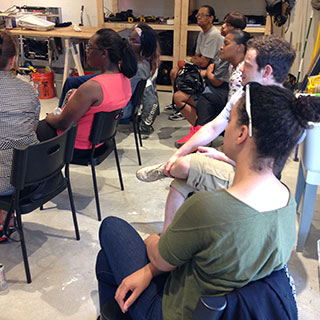 ,
, 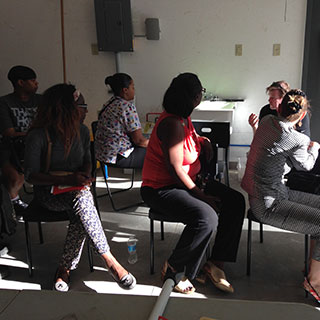 ,
, 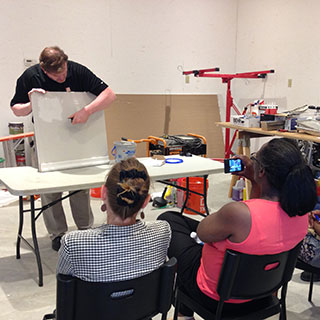 ,
, 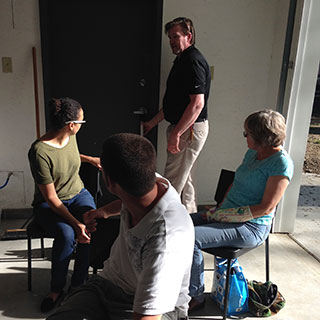 ,
, 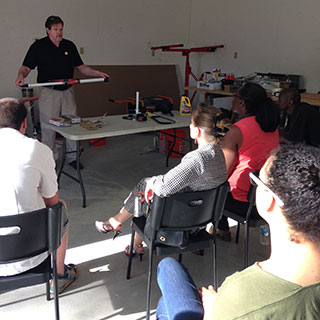 ,
, 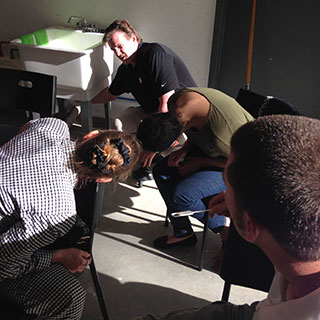
 ,
,  ,
,  ,
,  ,
,  ,
,  ,
,  ,
,  ,
,  ,
, 

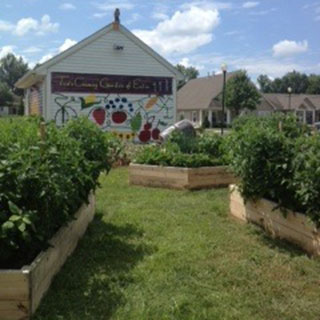 ,
, 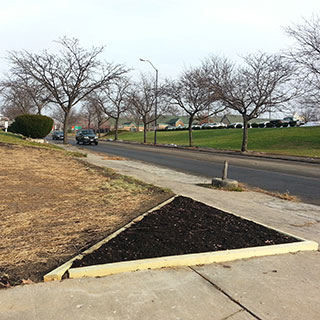 ,
, 